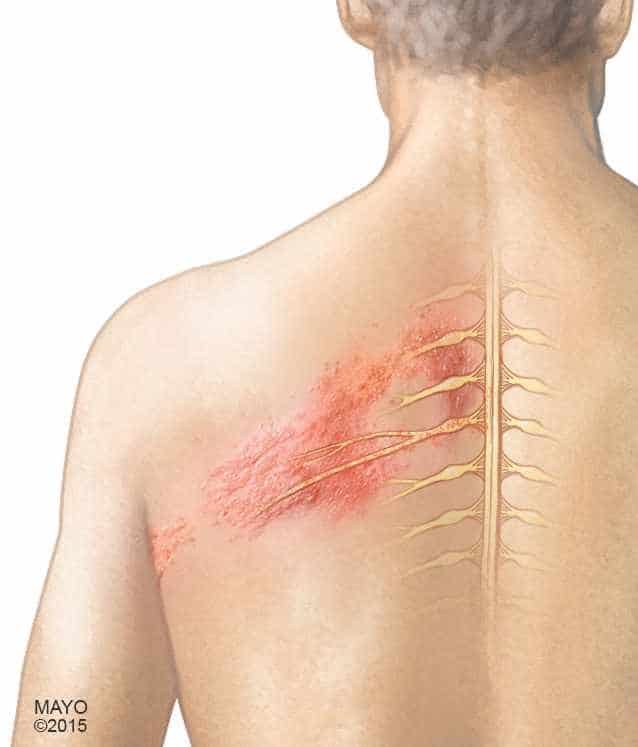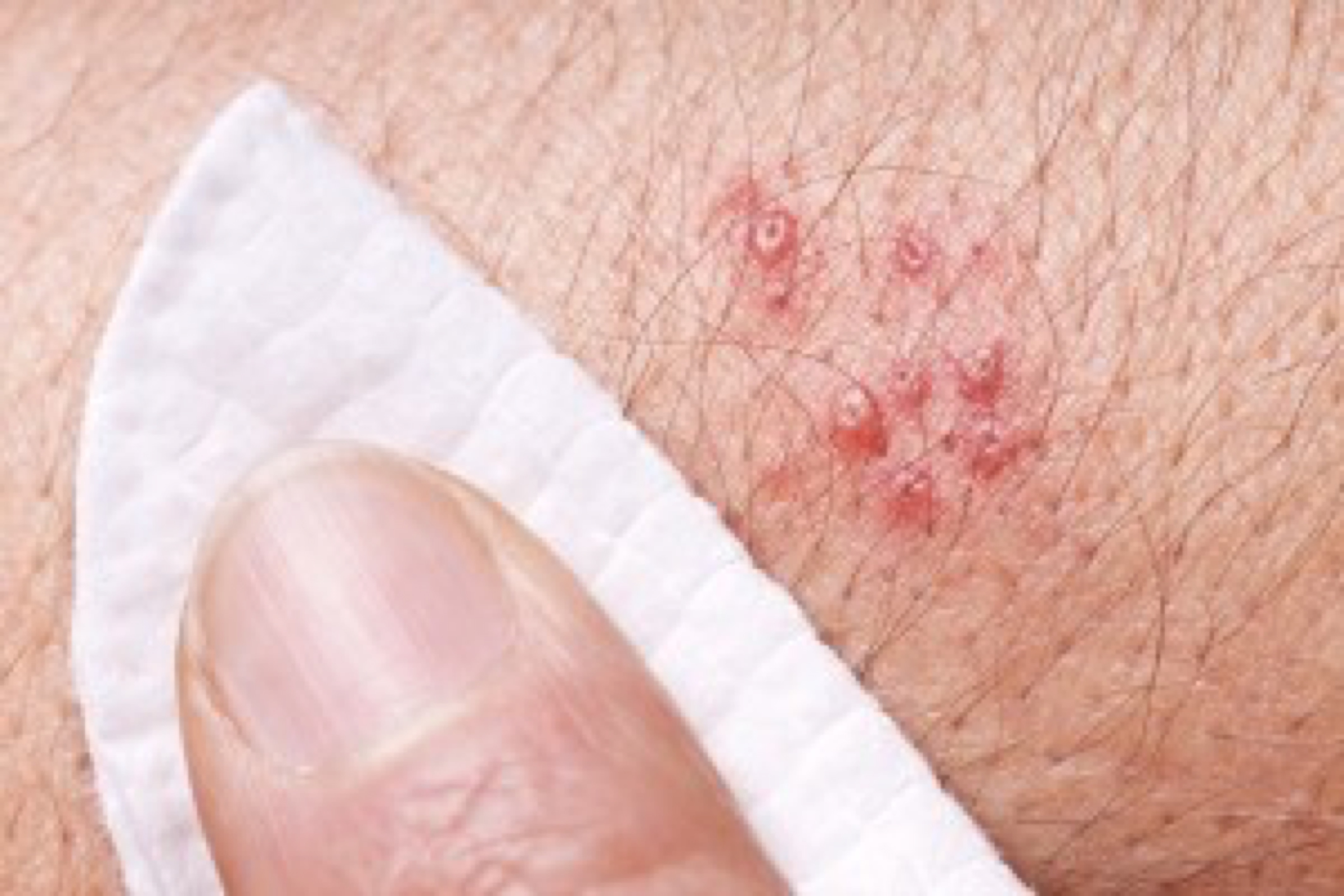
Take supplements, such as melatonin, which may improve your sleep.Meditate, take a yoga class, or practice relaxation exercises.


Other factors that increase the risk for shingles include medical conditions or treatments that weaken your immune system. If and when it reactivates, it presents as shingles, also known as the Herpes Zoster virus.

That’s because the chickenpox virus, known as Varicella-Zoster virus, never goes away. ChickenpoxĪnyone who has ever had chicken pox is at risk for developing shingles. There are also other factors that increase your risk of getting shingles. A person’s lifetime risk of getting shingles is about 30%, but that number increases as you age. Shingles rash and blisters appear on the buttocks, usually on one side.Shingles can affect people of any age, but it is most common in those over the age of 50.

Rash and blisters appear on one side of the waist and back in a stripe pattern, extending up to the lower back. Without treatment, it can lead to corneal damage and vision loss. Pain may be present after the rash disappears due to nerve damage but eventually improves. Patients present with burning or throbbing in the eye, with watering of the eyes, swelling, and blurred vision. Rash and blisters appear around the eye, over the eyelids and one side of the forehead, extending to the tip of the nose. Shingles can occur in the mouth and are usually very painful, causing pain while eating and change in taste. Shingles rash on the scalp causes pain while combing or brushing and bald patches. If the rash involves the ear, it can lead to hearing loss, imbalance, and weakness of the facial muscles. Shingles rash and blisters appear on one side of the face extending to the scalp and ear. Shingles on the face, scalp, mouth, and ear.They are usually limited to one side of the face and body. The typical shingles red rash or blisters occur after pain, itching, and tingling. If patients have had a history of chickenpox, the risk of reactivation of the chickenpox virus as shingles includes physical or emotional stress, age over 50 years, and others.


 0 kommentar(er)
0 kommentar(er)
